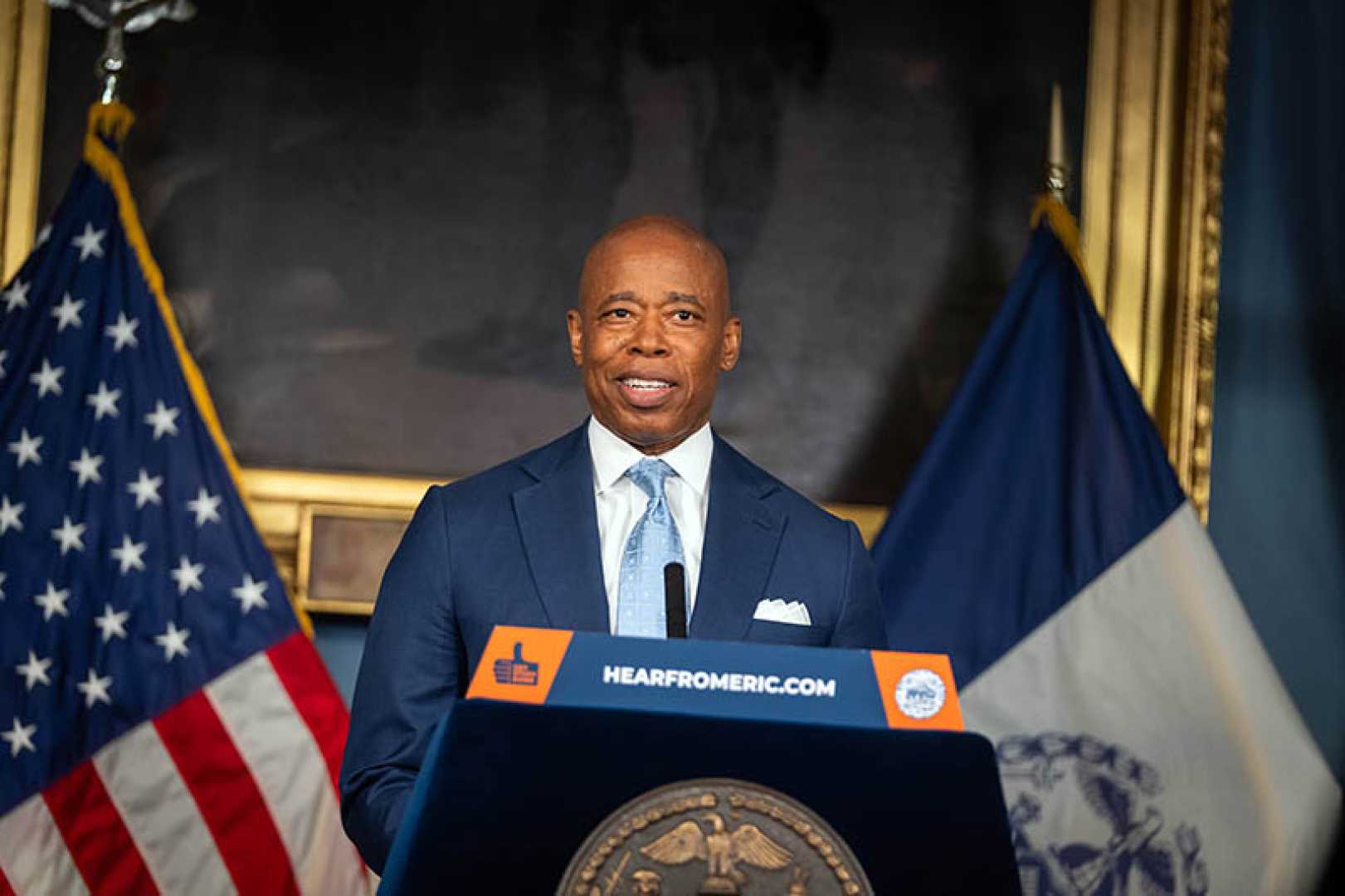Business
New York’s Budget Gap Mirrors Great Recession Challenges

ALBANY, New York — In the wake of the 2008 financial crisis, New York lawmakers faced significant challenges as they dealt with a $17.9 billion budget gap in 2009. The crisis, often referred to as the Great Recession, forced politicians to make tough decisions about how to stabilize the state’s economy.
To address the deficit, officials turned to a combination of federal aid, spending cuts, and increased revenue. One of the most debated measures was the introduction of what became known as the ‘Millionaire’s Tax.’ This tax specifically targeted high-income earners and was projected to generate around $4 billion, with an initial expiration set for three years, pending economic recovery.
However, the Millionaire’s Tax has not only been extended but has also seen increases over the years, particularly during economic downturns, including the recent challenges brought on by the coronavirus pandemic.
Now, New York faces budget gaps that are comparable to the crises managed in 2009. State Comptroller Thomas P. DiNapoli highlighted the current fiscal landscape, clarifying that reports suggesting an impending $34.3 billion budget gap by 2029 misrepresented his findings. DiNapoli emphasized that the situation remains nuanced and complex.
As officials grapple with the financial outlook, the state’s reliance on high-income taxes continues to be a contentious topic in discussions about fiscal strategy and equity.












